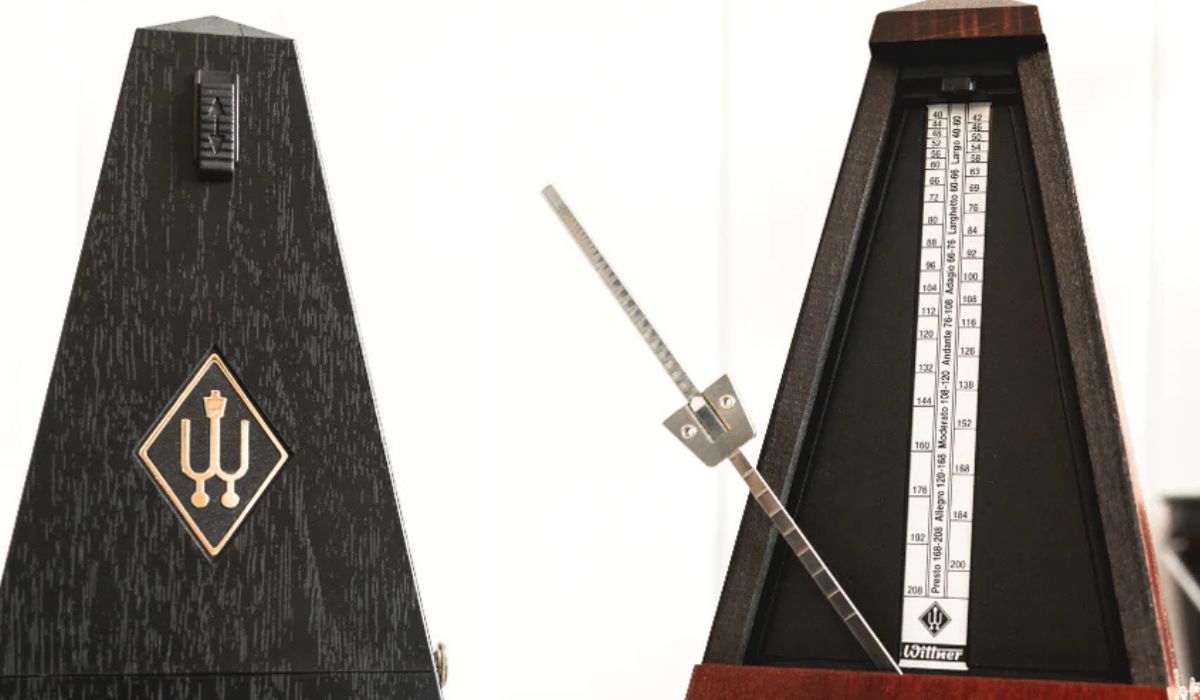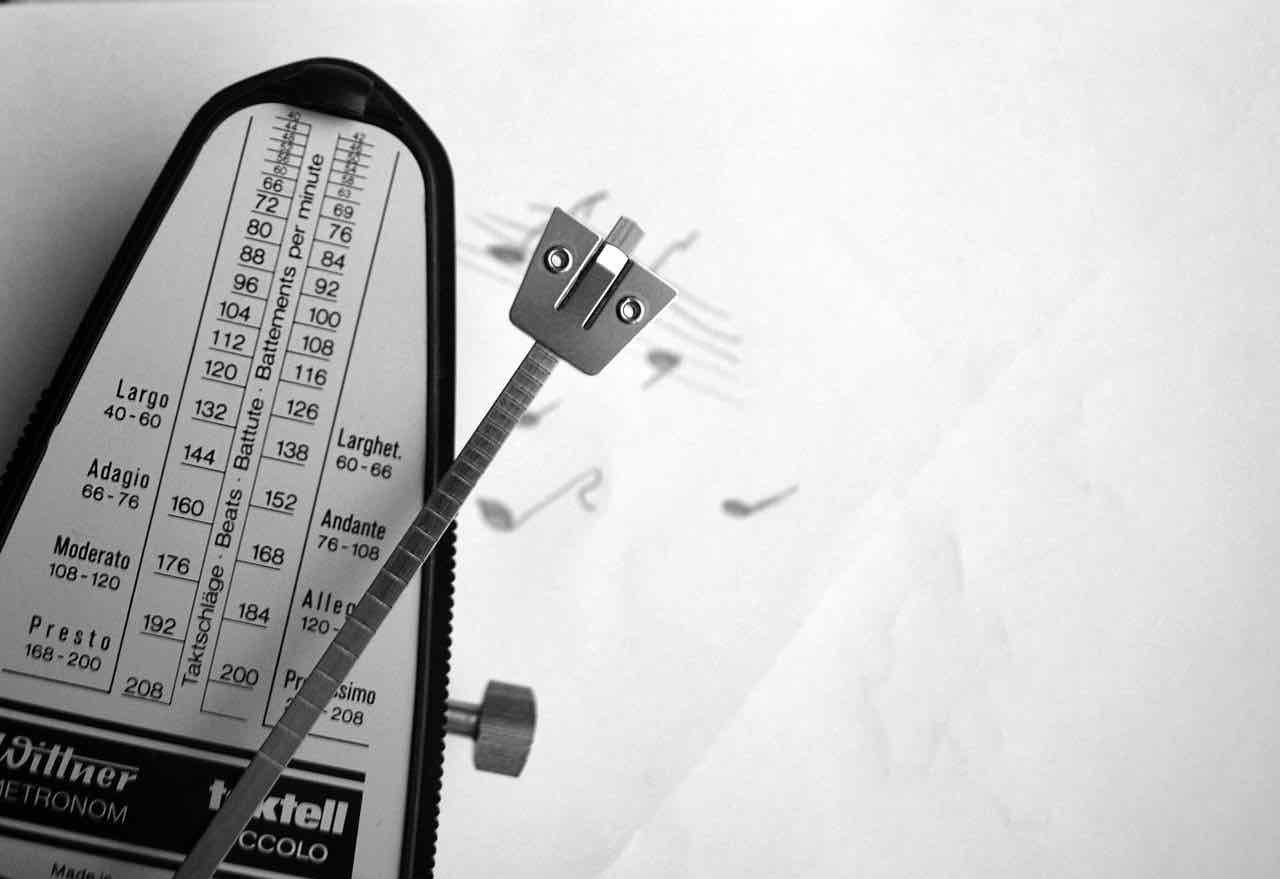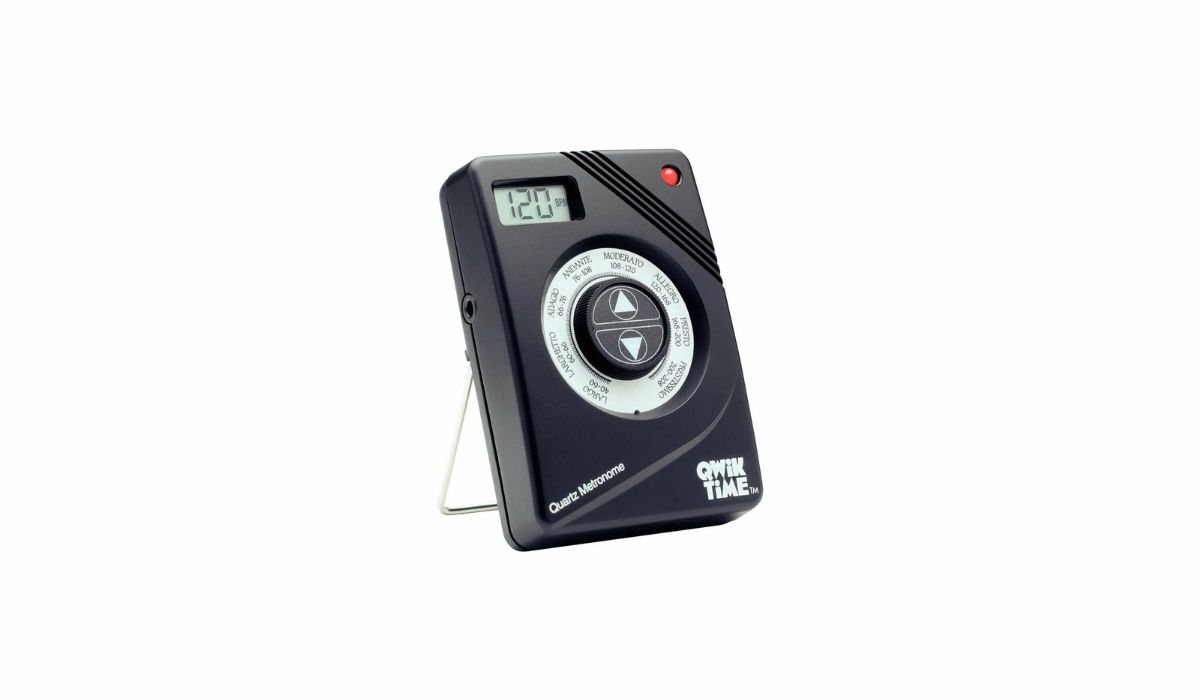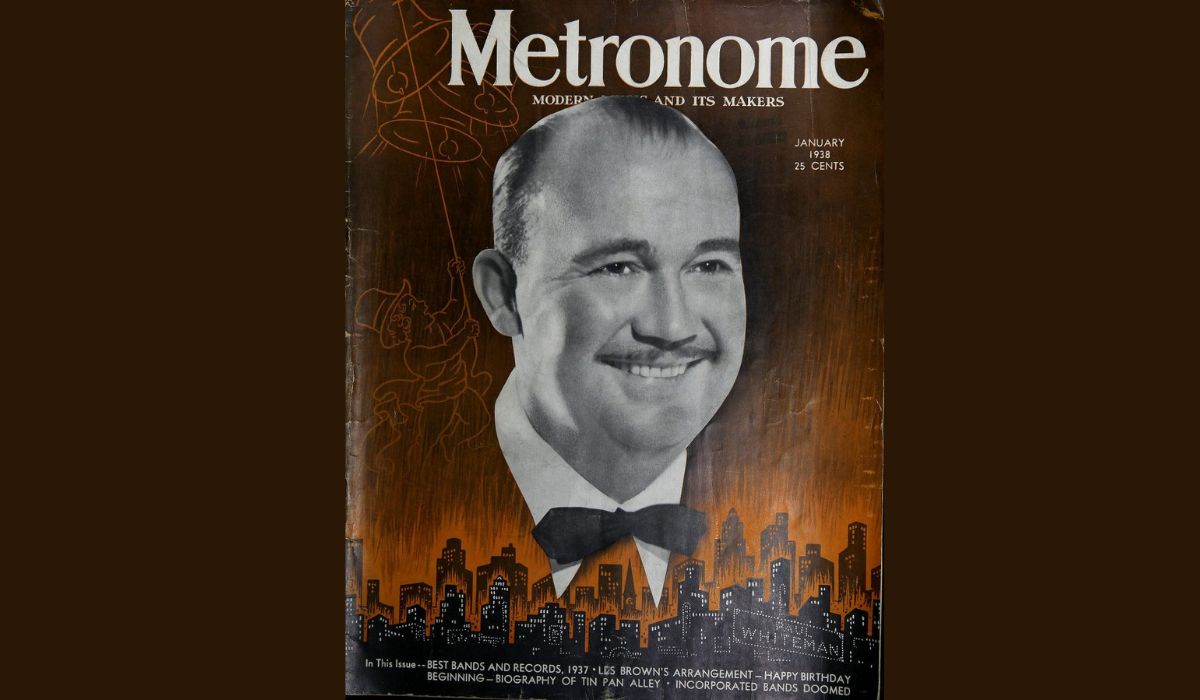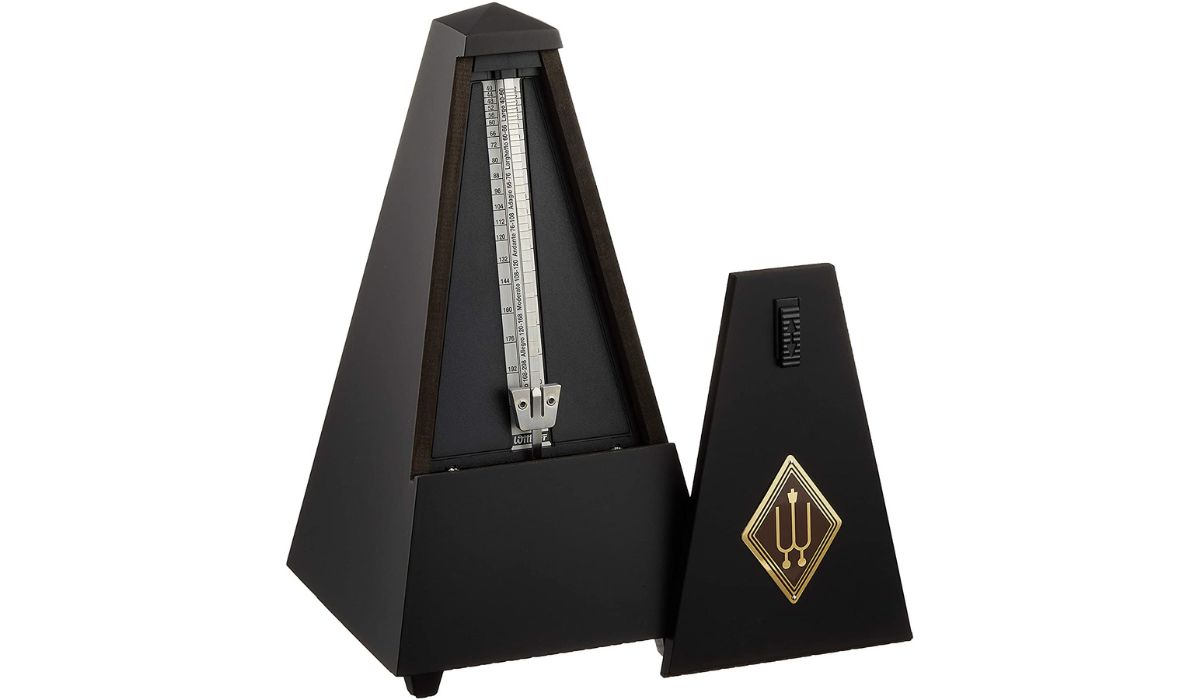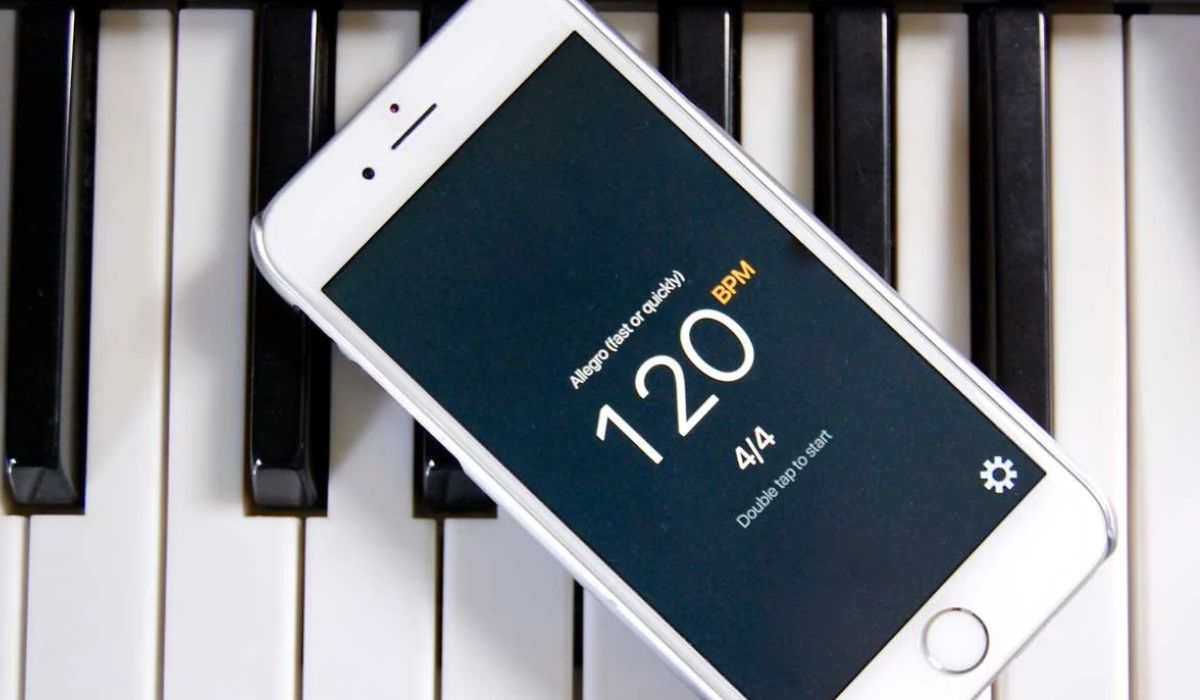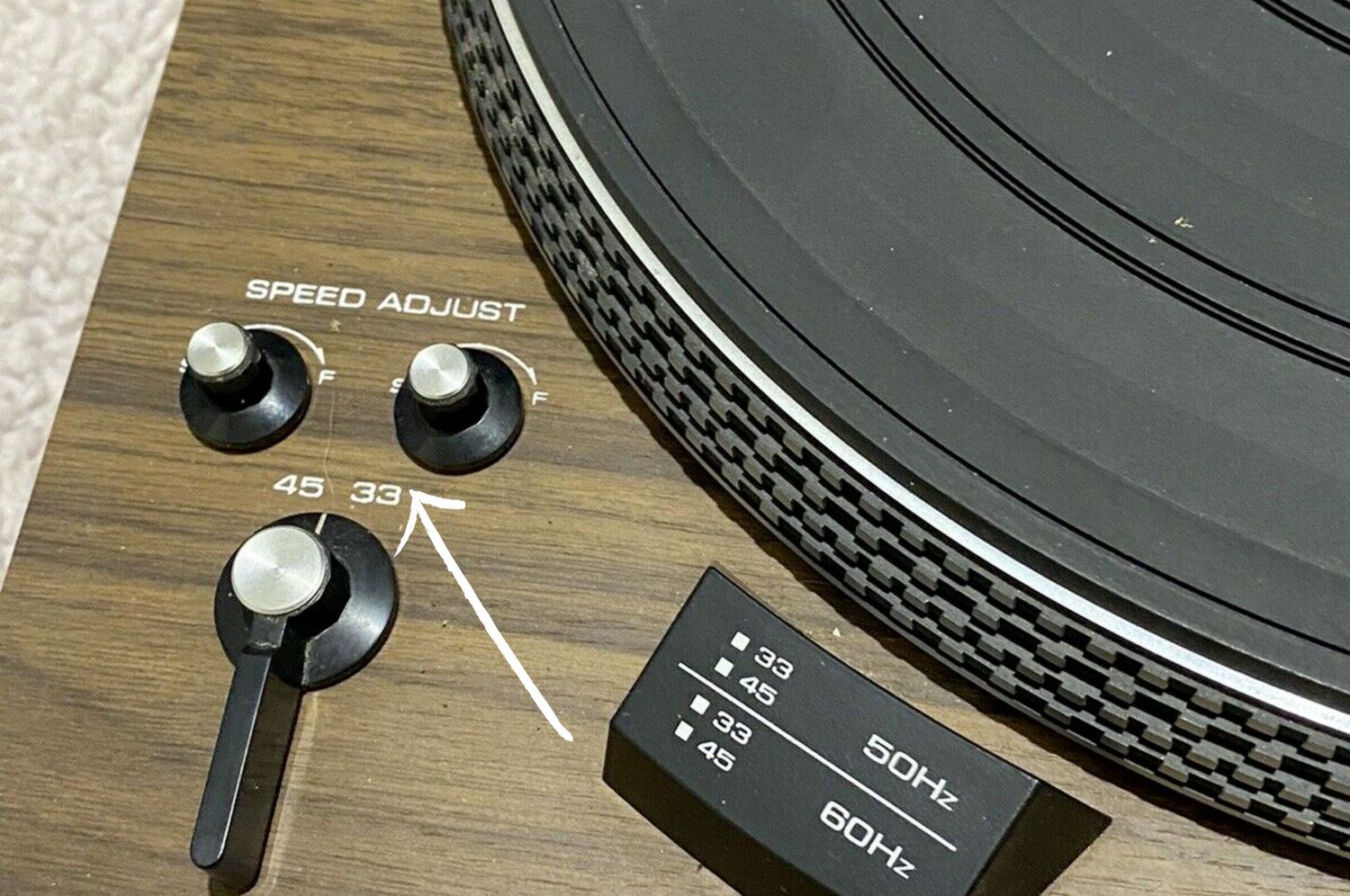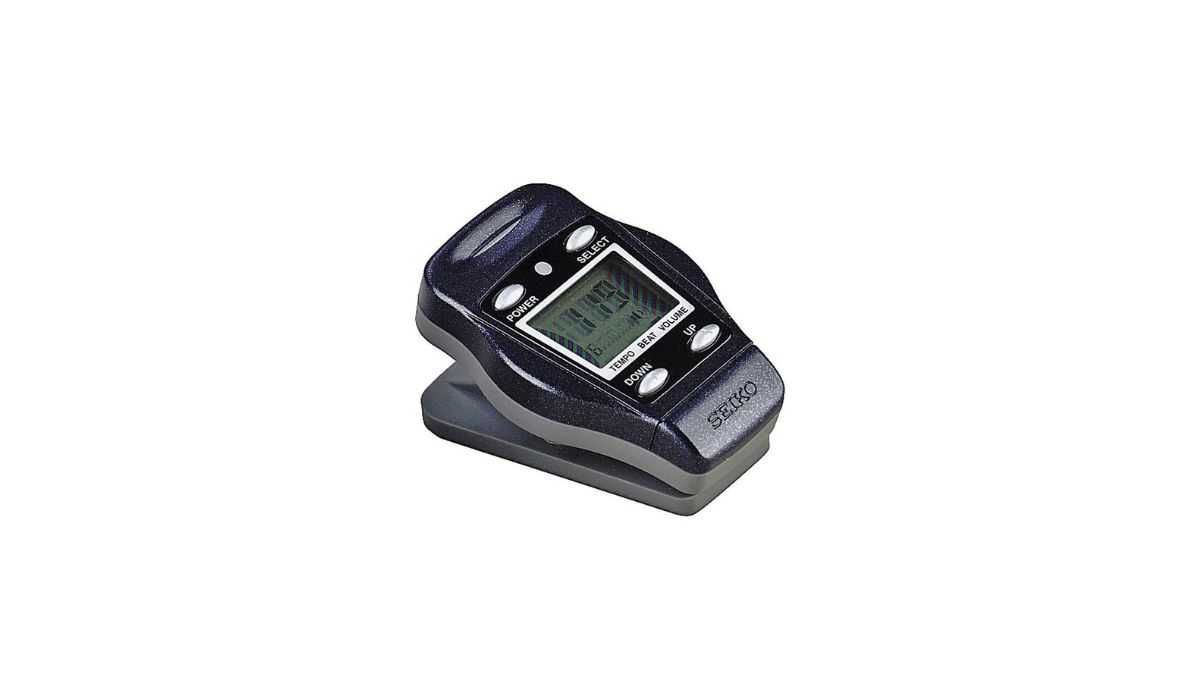Home>Production & Technology>Metronome>What Metronome Speed Is Moderato
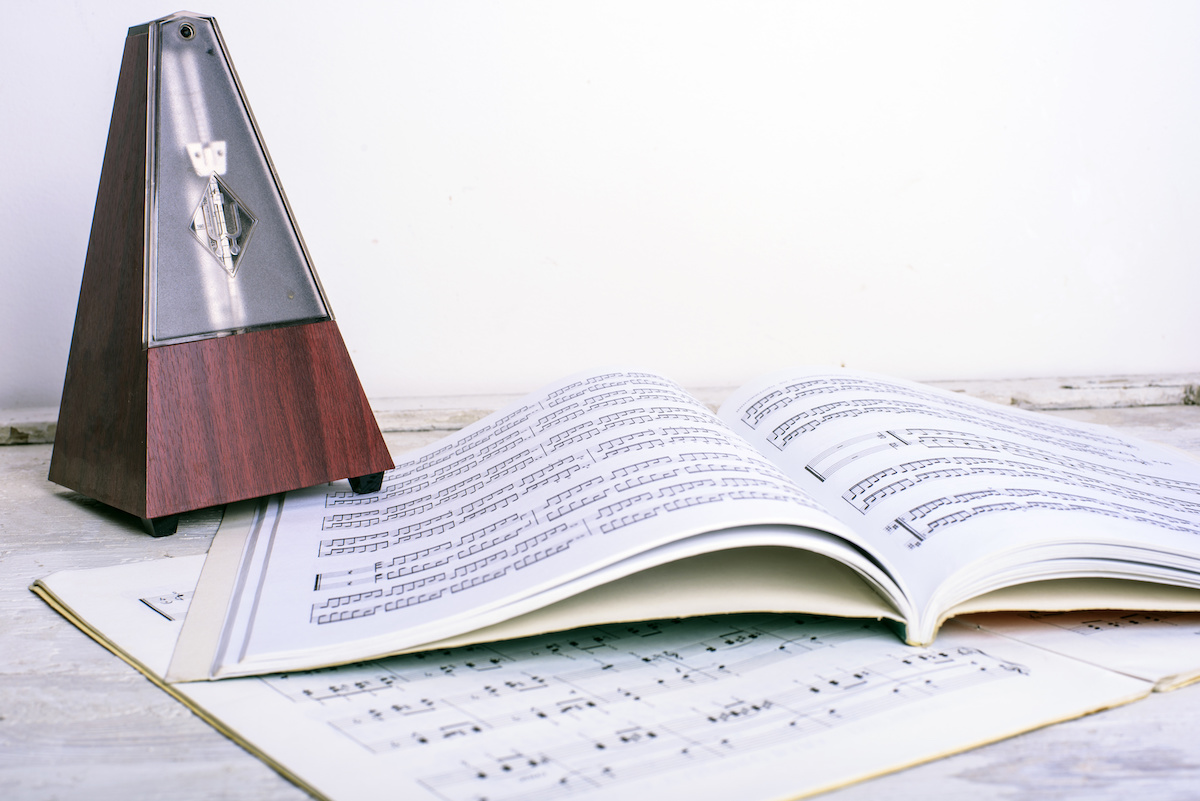

Metronome
What Metronome Speed Is Moderato
Published: January 14, 2024
Discover the ideal metronome speed for moderato music. Use a metronome to maintain a consistent tempo and enhance your musical performance.
(Many of the links in this article redirect to a specific reviewed product. Your purchase of these products through affiliate links helps to generate commission for AudioLover.com, at no extra cost. Learn more)
Table of Contents
Introduction
When it comes to understanding the nuances of music, one important element to consider is tempo. Tempo refers to the speed or pace at which a musical piece is performed. It plays a crucial role in shaping the mood, intensity, and overall feel of the music. And one particular tempo that often comes up in discussions about music is moderato.
Moderato, derived from the Italian word for “moderate,” is a musical term used to indicate a moderate tempo. It is a versatile tempo that can be found in various genres and styles of music, from classical to contemporary. Understanding the concept of moderato tempo can help musicians, composers, and listeners alike appreciate the intricate details of a musical piece.
In this article, we will delve into the definition of moderato, explore its historical context, discuss its interpretation in different musical contexts, provide metronome guidelines, and showcase notable examples of moderato tempo. Whether you are a music enthusiast, a student, or a practicing musician, this article will offer valuable insights into the world of moderato tempo.
Definition of Moderato
Moderato is a tempo indication in music that signifies a moderate speed or pace. It falls between two other commonly used tempo markings: Andante (meaning “at a walking pace”) and Allegro (meaning “fast and lively”).
While there is no exact numerical value assigned to moderato tempo, it is generally understood to range between 108 and 120 beats per minute (BPM) in classical music. However, it’s important to note that the interpretation of moderato can vary depending on the musical genre, style, and composer’s intent.
When a piece is marked moderato, it suggests that the music should be played at a comfortable and steady pace, neither too slow nor too fast. The tempo should flow smoothly, allowing the listener to experience a sense of stability and balance.
One common misconception is that moderato tempo implies a uniform pace throughout the entire piece. However, within the moderate tempo range, there can be subtle variations and fluctuations in speed, adding depth and expression to the music.
Ultimately, the interpretation of moderato tempo is subjective and can be influenced by factors such as the composer’s intent, the performer’s artistic choices, and the style of the music being performed. It is important for musicians to approach moderato tempo with a sense of flexibility, allowing room for expressive nuances and personal interpretation.
Historical Context of Moderato Tempo
The concept of moderato tempo has its roots in Western classical music, particularly during the Baroque and Classical periods. During this time, composers started to experiment with different tempo indications to convey specific musical instructions to performers.
Prior to the widespread use of tempo markings, musicians relied on more general terms like “fast” or “slow” to guide their performance. However, as musical notation developed and composers sought greater precision in conveying their musical ideas, more specific tempo indications began to emerge.
It was during the 18th and 19th centuries that composers began to use the term moderato to represent a moderate speed in their compositions. This allowed for a more refined and nuanced approach to tempo, giving performers clearer instructions on how to interpret the music.
One of the prominent figures associated with the establishment of tempo indications, including moderato, was Ludwig van Beethoven. Beethoven’s compositions featured a range of tempo markings, and his use of moderato was particularly significant in conveying a sense of balance and elegance in his music.
As the Romantic era unfolded, composers expanded upon the conventions of tempo indications, adding their own interpretations and preferences. Some composers embraced the notion of interpretive freedom, allowing performers to manipulate the tempo within the moderato range to add emotional depth and expression.
In the modern era, tempo markings have become even more standardized, with composers and musicians using metronome markings to specify exact tempos. However, even with precise metronome indications, there is still room for interpretation and artistic expression within the moderato tempo range.
Today, moderato tempo is not limited to the classical realm. It can be found in various musical genres and styles, from jazz to rock to film scoring. Its versatility and accessibility make it a widely utilized tempo indication in contemporary music.
Understanding the historical context of moderato tempo allows musicians and listeners to appreciate the evolution and significance of this tempo indication in the broader musical landscape.
Interpretation of Moderato Tempo
The interpretation of moderato tempo can vary depending on the musical genre, style, and the composer’s intent. It is important for performers to understand the context of the music and make informed artistic choices to bring out the essence of the piece.
One aspect to consider when interpreting moderato tempo is the emotional characteristics it can evoke. Moderato is often associated with a sense of calmness, tranquility, and balance. It can create a moderate and stable atmosphere, allowing the listener to fully immerse themselves in the musical journey.
Within the moderato tempo range, there is room for subtle variations in phrasing, dynamics, and expression. Musicians can infuse their interpretations with personal touches, exploring the nuances of the piece while maintaining the overall moderate pace.
In some instances, composers may provide additional instructions within the score to further guide performers in their interpretation of moderato tempo. These instructions may include terms such as “grazioso” (graceful), “dolce” (sweetly), or “legato” (smoothly), which can influence the character and style of the performance.
It is worth noting that the interpretation of moderato tempo can also be influenced by cultural and regional differences. Different musical traditions and practices may approach moderato tempo in slightly different ways, reflecting the unique preferences and sensibilities of a particular culture or time period.
For instance, in some Latin American music, the moderato tempo may be imbued with a slight rhythmic syncopation, giving it a livelier and more vibrant feel compared to a strictly classical interpretation.
Ultimately, the interpretation of moderato tempo requires a balance between adhering to the composer’s intentions and infusing the music with personal artistry. It is a delicate negotiation between following the guidelines provided and allowing room for individual expression and interpretation.
By understanding the emotional qualities and flexibility of moderato tempo, musicians can effectively communicate the essence and intention of the music to the listener, creating a compelling and engaging musical experience.
Metronome Guidelines for Moderato Tempo
Using a metronome is a valuable tool for musicians to help maintain a consistent tempo and improve their timing. When it comes to moderato tempo, there are certain metronome guidelines that can assist in achieving the desired speed.
It is important to note that the exact numerical value for moderato tempo may vary depending on the musical context. However, a commonly accepted range for moderato tempo is between 108 and 120 beats per minute (BPM) in classical music.
To use a metronome effectively for moderato tempo, follow these guidelines:
- Set the metronome to a comfortable pace within the moderato range. Start with a BPM value of around 112 and adjust accordingly based on the specific requirements of the music.
- Focus on feeling the pulse of the beat and internalizing the tempo. It is essential to develop a sense of rhythmic stability and an understanding of the consistent pace of moderato.
- Pay attention to subdivisions of the beat. Moderato tempo can be divided into two, three, or four smaller beats per measure, depending on the time signature. Keeping track of these subdivisions will help maintain a steady rhythm.
- Experiment with different metronome sounds and settings. Some metronomes offer various sounds, such as clicks, beeps, or even musical tones. Find a sound that is clear and audible, allowing you to stay in sync with the metronome without it being intrusive.
- Gradually increase the tempo. Once you feel comfortable with the initial speed set by the metronome, challenge yourself to gradually increase the BPM while maintaining control and precision.
- Remember that the metronome is a valuable tool, but it should not restrict your interpretive freedom. Use the metronome as a foundation, but allow yourself room to add expressive nuances and variations within the moderato tempo range.
By following these metronome guidelines, musicians can develop a strong sense of internal rhythm and timing, allowing for consistent and accurate performances within the moderato tempo range.
Notable Examples of Moderato Tempo in Classical Music
Throughout the history of classical music, many composers have utilized moderato tempo to convey different moods and musical expressions. Let’s explore a few notable examples of moderato tempo in classical compositions:
- Beethoven – Symphony No. 7, II. Allegretto: One of Beethoven’s most famous pieces, this movement showcases a powerful moderato tempo. The steady pulse and moderate speed create a sense of tension and urgency, capturing the listener’s attention from the very beginning.
- Mozart – Piano Concerto No. 21, II. Andante: While marked as andante, this movement often features a moderato tempo in performance. The graceful and delicate melody is played at a moderate pace, giving it a sublime and contemplative quality.
- Bach – Concerto for Two Violins, II. Largo ma non tanto: Though labeled as largo, this movement is commonly performed at a moderato tempo. The elegant and expressive interplay between the two violins is enhanced by the deliberate yet flowing tempo.
- Chopin – Nocturne in E-flat Major, Op. 9, No. 2: This well-known piece by Chopin exudes a serene and introspective atmosphere with its moderato tempo. The gently flowing melody and harmonic richness are brought to life with a moderate pace, allowing the nuances and emotional depth to unfold.
- Brahms – Symphony No. 3, III. Poco allegretto: The third movement of Brahms’ Symphony No. 3 features a haunting and lyrical moderato tempo. The deliberate speed enhances the introspective nature of the music, creating a reflective and melancholic mood.
These are just a few examples of pieces that showcase the expressive potential of moderato tempo in classical music. Each composition demonstrates how this tempo indication can be used to evoke different emotions, from tension and urgency to introspection and tranquility.
Exploring these notable examples can inspire musicians to delve deeper into the diverse range of compositions that utilize moderato tempo, expanding their repertoire and understanding of this versatile tempo marking.
The Role of Moderato Tempo in Contemporary Music
While moderato tempo has a strong association with classical music, its influence extends beyond the realm of traditional compositions. In contemporary music, moderato tempo continues to play a significant role, bridging the gap between classical traditions and modern styles.
In popular music, moderato tempo can be found in various genres such as pop, rock, jazz, and folk. It adds a sense of balance and groove to the music, providing a comfortable pace for both performers and listeners.
One notable aspect of moderato tempo in contemporary music is its ability to amplify the emotional impact of the lyrics and melody. By setting the music at a moderate speed, artists can deliver the message with clarity and allow the listener to connect more deeply with the soul of the song.
For example, in a heartfelt ballad, a moderato tempo can help convey the emotions of love, loss, or longing. The slower pace allows the lyrics to resonate, giving the listener time to absorb the poetic storytelling and connect with the feelings being expressed.
Similarly, in jazz music, moderato tempo provides a solid foundation for improvisation and intricate musical interactions. Musicians can explore melodic and harmonic variations, showcasing their skills while maintaining a steady and controlled pace.
In film scoring, moderato tempo can be crucial in creating tension, suspense, or a sense of calmness. Composers utilize moderato tempo to enhance the storytelling and heighten the emotional impact of key scenes, capturing the essence and mood of the narrative.
It’s worth noting that in contemporary music, artists often combine moderato tempo with elements of electronic music or rhythmic patterns from different cultural traditions. The fusion of these styles adds a unique flavor and character to the music, bringing new dimensions to the moderato tempo.
Overall, moderato tempo continues to be a versatile and relevant tempo marking in contemporary music. It serves as a medium for artists to express a wide range of emotions, connect with audiences, and experiment with different styles and genres.
As musicians and listeners embrace the ever-evolving landscape of contemporary music, moderato tempo remains a timeless and significant element that contributes to the richness and diversity of musical expression.
Conclusion
In summary, moderato tempo serves as a vital component in the world of music, offering a balanced and versatile pace for compositions across various genres and styles. Its moderate speed allows musicians to convey emotions and tell stories with clarity, while providing room for expressive nuances and artistic interpretation.
Understanding the definition of moderato tempo, its historical context, and its role in both classical and contemporary music helps musicians and listeners appreciate its significance. With metronome guidelines, performers can maintain a steady and consistent tempo, while still allowing for personal expression and interpretation within the moderato range.
Exploring notable examples of moderato tempo in classical music showcases the breadth and depth of emotions that can be conveyed within this tempo marking. From Beethoven’s pulsating Symphony No. 7 to Chopin’s introspective Nocturne in E-flat Major, moderato tempo offers a wide range of possibilities for capturing and engaging listeners.
Furthermore, the presence of moderato tempo in contemporary music highlights its enduring relevance and adaptability. Whether in popular music, jazz, or film scoring, moderato tempo continues to shape the emotional impact and rhythmic groove of modern compositions.
In conclusion, moderato tempo acts as a musical anchor, providing a steady and balanced pace that can evoke a spectrum of emotions and enhance the overall musical experience. Its role in classical and contemporary music is significant, as it fosters connection and communication between composers, performers, and listeners.
By understanding and appreciating moderato tempo, musicians can delve deeper into the nuances and subtleties of compositions, while listeners can engage with music on a more profound level. Moderato tempo stands as a reminder that music, at its core, is about creating a rhythmic journey that resonates with the human spirit.


